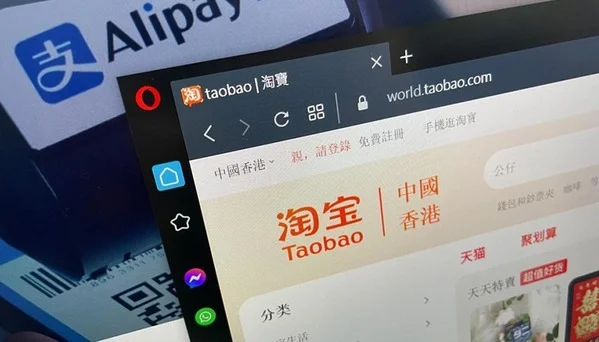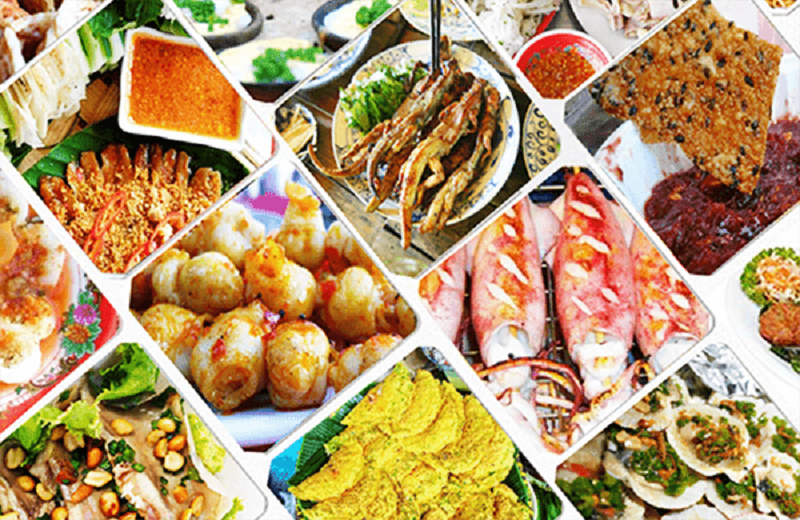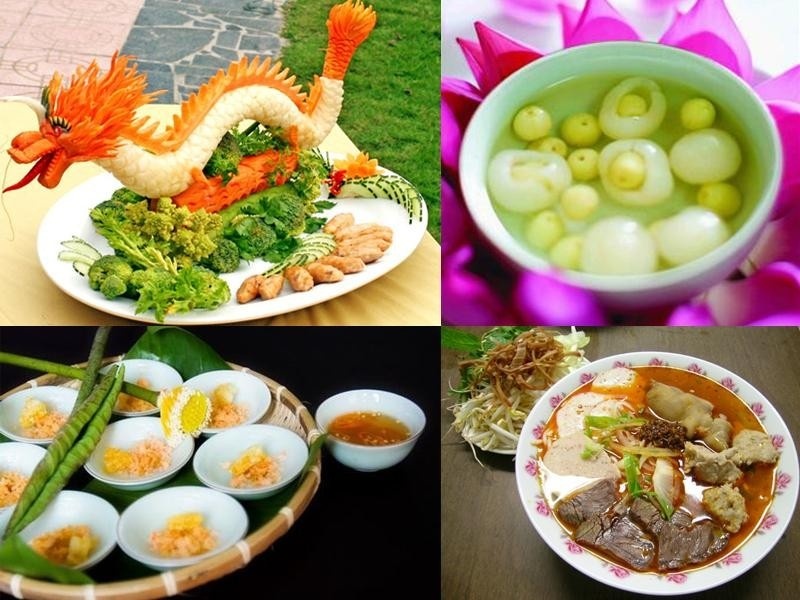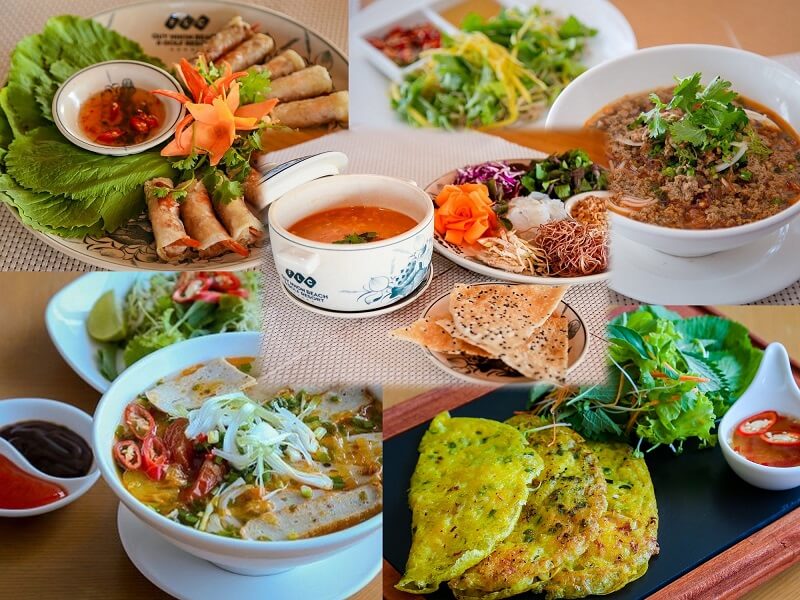Best Time to Visit Bai Dai Beach

Bai Dai Beach in Phu Quoc is renowned for its 15-kilometer stretch of soft golden sand and crystal-clear waters, making it one of the most beautiful beaches in Vietnam. Surrounded by lush forests and calm seas, it offers the perfect blend of relaxation, water sports, and authentic local culture. Whether visitors seek luxury resorts, eco-adventures, or simple seafood dining by the shore, Bai Dai provides an unforgettable coastal experience.
Overview & Location Bai Dai Beach
Bai Dai Beach, often translated as “Long Beach”, is one of the most celebrated coastlines in Vietnam. Located on the northwest coast of Phu Quoc Island, Bai Dai stretches over 15 kilometers, making it the longest beach on the island and one of the longest in Southeast Asia. It sits approximately 25 kilometers from Duong Dong Town and is easily accessible by road, with infrastructure rapidly developing thanks to tourism investments.

The beach gained international recognition when Forbes ranked Bai Dai as one of the Top Five Most Beautiful and Clean Beaches in the World in 2008. Its appeal lies not only in its pristine white sand and turquoise water but also in its relatively unspoiled setting compared to other highly commercialized destinations.
Dr. Tran Thanh Hai, a marine tourism expert from the Vietnam National Administration of Tourism (VNAT), emphasizes: “Bai Dai Beach represents a rare combination of untouched beauty and growing accessibility. It has the potential to rival iconic Southeast Asian beaches like Phuket in Thailand or Bali in Indonesia, but with a more serene and authentic character.”
For couples dreaming of a romantic seaside ceremony surrounded by golden sands and tranquil waters, Bai Dai offers an exceptional setting for a beach wedding in Phu Quoc, combining natural beauty with a sense of timeless elegance.
Natural Features & Scenic Beauty Bai Dai Beach
One of the defining characteristics of Bai Dai Beach is its soft golden sand, which contrasts beautifully with the clear, emerald waters of the Gulf of Thailand. The coastline is framed by lush tropical forests and dotted with casuarina and coconut trees, creating a postcard-perfect landscape.
Marine biodiversity is another highlight. According to a 2022 report by the Institute of Oceanography in Nha Trang, the surrounding waters host over 260 species of coral and 150 species of fish, making it a significant ecological zone. The gentle slope of the seabed makes Bai Dai ideal for swimming, especially for families with children.
Beyond its natural beauty, Bai Dai offers a sense of tranquility that many tourists find missing at more crowded beaches. Unlike Sao Beach (Bãi Sao) or Khem Beach (Bãi Khem), which attract large day-trip crowds, Bai Dai remains relatively spacious and less commercialized, allowing visitors to enjoy stretches of sand in peace.
That said, development is increasing. Major hospitality groups such as Vinpearl and Radisson Blu have established luxury resorts along Bai Dai, raising concerns about environmental sustainability. Conservationists note that while these investments bring economic opportunities, they must balance growth with the protection of marine and coastal ecosystems.

Best Time to Visit Bai Dai Beach
Phu Quoc Island, including Bai Dai Beach, has a tropical monsoon climate divided into two distinct seasons:
- Dry season (November – April): This is considered the best time to visit. Temperatures average 27–30°C, and the sea remains calm and crystal clear. January and February are particularly popular with international travelers escaping cold winters in Europe and East Asia.
- Rainy season (May – October): While rain showers can be heavy, they usually occur in short bursts, leaving the rest of the day warm and sunny. The landscape is at its greenest during this period, appealing to nature lovers and photographers. However, high humidity and occasional storms may limit outdoor activities.
According to data from the Vietnam Meteorological and Hydrological Administration, Phu Quoc receives an average of 3,000 sunshine hours annually, which ensures Bai Dai Beach is enjoyable nearly year-round. For those seeking fewer crowds and lower accommodation costs, visiting in late April or early November can be an excellent option.

Activities & Experiences Bai Dai Beach
Bai Dai Beach is more than just a place to relax; it offers a diverse range of experiences for different types of travelers.
1. Swimming & Sunbathing
Thanks to its calm waves and shallow shoreline, Bai Dai is perfect for casual swimmers. Sunbathing is equally popular, with plenty of natural shade under casuarina trees. Visitors often remark on the unique sense of seclusion compared to other famous beaches in Vietnam like Nha Trang or Da Nang.
2. Snorkeling & Diving
The coral reefs near Bai Dai are among the healthiest around Phu Quoc. Local tour operators provide snorkeling trips that allow visitors to explore colorful marine life. Diving opportunities are also available, with visibility at its best during the dry season.
A 2021 study published in the Journal of Coastal Research highlighted Phu Quoc as one of Vietnam’s fastest-growing scuba diving hubs, with Bai Dai being an important anchor site due to its reef health.
3. Fishing & Local Culture
Fishing remains a traditional livelihood for communities around Bai Dai. Tourists can join local fishermen for a half-day trip, learning about sustainable fishing practices and even cooking their catch afterward. This experience adds cultural depth to a beach holiday and fosters appreciation for the island’s heritage.
4. Luxury Resorts & Wellness
Bai Dai has become a hotspot for luxury tourism. Resorts such as Vinpearl Resort & Golf Phu Quoc offer world-class amenities, including golf courses, spa treatments, and gourmet dining. Wellness travelers often choose Bai Dai for yoga retreats, meditation sessions by the sea, and holistic therapies that blend Eastern and Western practices.
However, while luxury offerings enhance comfort, critics argue that they may reduce accessibility for budget travelers. This underscores the need for diversified tourism development that caters to a broad range of visitors.

5. Adventure & Ecotourism
For those seeking adventure, Bai Dai serves as a gateway to exploring Phu Quoc National Park, a UNESCO-recognized biosphere reserve. Hiking, birdwatching, and kayaking through mangrove forests are popular activities. These ecotourism options highlight the island’s commitment to balancing leisure with sustainability.
6. Gastronomy
No trip to Bai Dai is complete without sampling local seafood. Beachfront shacks serve freshly grilled squid, sea urchin, and herring salad (gỏi cá trích), a Phu Quoc specialty. The area is also famous for Phu Quoc fish sauce, which has earned Protected Designation of Origin (PDO) status in the EU, underlining its global reputation.
Chef Nguyen Van Duy, who runs a seafood restaurant near Bai Dai, explains: “The sea provides us with some of the freshest ingredients in Vietnam. What makes Bai Dai special is not only the quality of the seafood but the authenticity of the dining experience – simple, flavorful, and deeply connected to local life.”

Bai Dai Beach is a destination that beautifully combines natural charm, cultural depth, and modern amenities. Its long stretch of unspoiled sand, vibrant marine ecosystem, and accessibility make it one of Vietnam’s most promising coastal attractions.
For travelers seeking refined comfort and world-class hospitality nearby, Salinda Resort in Phu Quoc offers an elegant beachfront escape that perfectly complements the island’s natural beauty.







